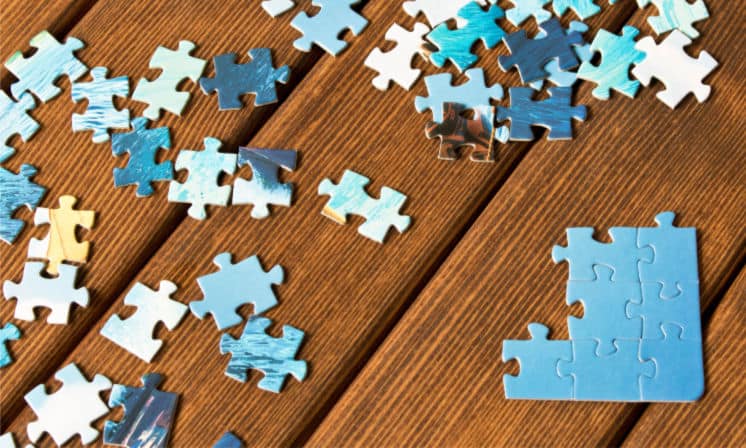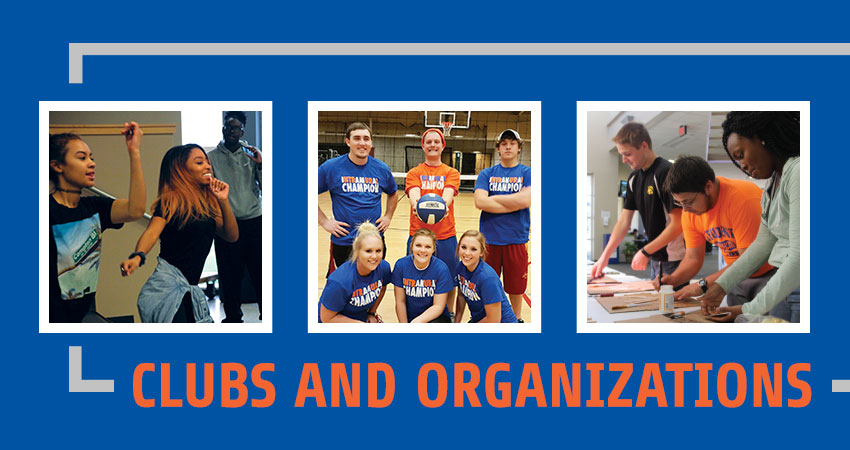How To Put Puzzles Together Like An Expert
Jigsaw puzzles are a great way to exercise your brain and have some fun at the same time. But if you’re new to the world of puzzles, it can be a bit daunting. Where do you start? What are the best techniques for putting a puzzle together quickly and efficiently? And how can you avoid going crazy in the process?
Don’t worry—we’re here to help. In this post, we’ll walk you through everything you need to know about jigsaw puzzles, from how to choose the right one for you to tips and tricks for putting it together with ease. So grab your favorite puzzle (or two) and let’s get started!

Choosing the Right Puzzle
The first step in putting together a great puzzle is choosing the right one. If you’re a puzzle beginner, it’s best to start with a smaller puzzle with fewer pieces. Once you get the hang of things, you can move on to larger, more challenging puzzles like these 3d metalpuzzles. If you have a specific interest or hobby, you can also look for puzzles that feature images related to that topic—landscapes, animals, historical landmarks, etc. There are also “whimsical” puzzles with fun shapes or clever quips that are perfect for a giggle while you’re working. No matter what kind of puzzle you choose, make sure it’s one that speaks to you and that you’ll enjoy looking at once it’s complete.
Assembling Your Puzzle
Once you’ve chosen your puzzle, it’s time to start putting it together! The first thing you’ll want to do is sort the pieces by edge pieces vs. inside pieces. Edge pieces are usually pretty easy to identify because they have only one straight edge; all of the other edges will be curved. Once you’ve sorted your pieces into two piles, begin assembling the border of your puzzle by finding edge pieces that fit together and connecting them. You can also lay all of your edge pieces out on a flat surface so that they’re facing up; this will make it easier to find matching pairs.
Once your border is complete, it’s time to start working on the rest of the puzzle. To make things easier on yourself (and avoid losing any pieces), we recommend working in small sections—find a few matching pieces and work on connecting them until that section is complete before moving on. Another helpful tip is to look for “clusters” of similar colors or patterns; these will be easier to put together than an area with lots of different colors or shapes clumped together. And last but not least, take breaks! Putting together a puzzle can be frustrating at times, so take a break every once in awhile to clear your head before getting back to work.
Finding Those Last Few Pieces
So you’ve almost got your puzzle complete…but there are just a few pesky pieces left that refuse to fit into place no matter how hard you try. What do you do? First things first: don’t force anything! If a piece doesn’t seem like it wants to go where you think it should, chances are it doesn’t belong there. Sometimes it helps to take all of the remaining pieces out and lay them out flat so that you can get a better idea of which ones are left and where they might fit. And if all else fails, consult the box! The image on the box lid can be a great resource when you’re trying to find those last few missing pieces.
Continue Reading





